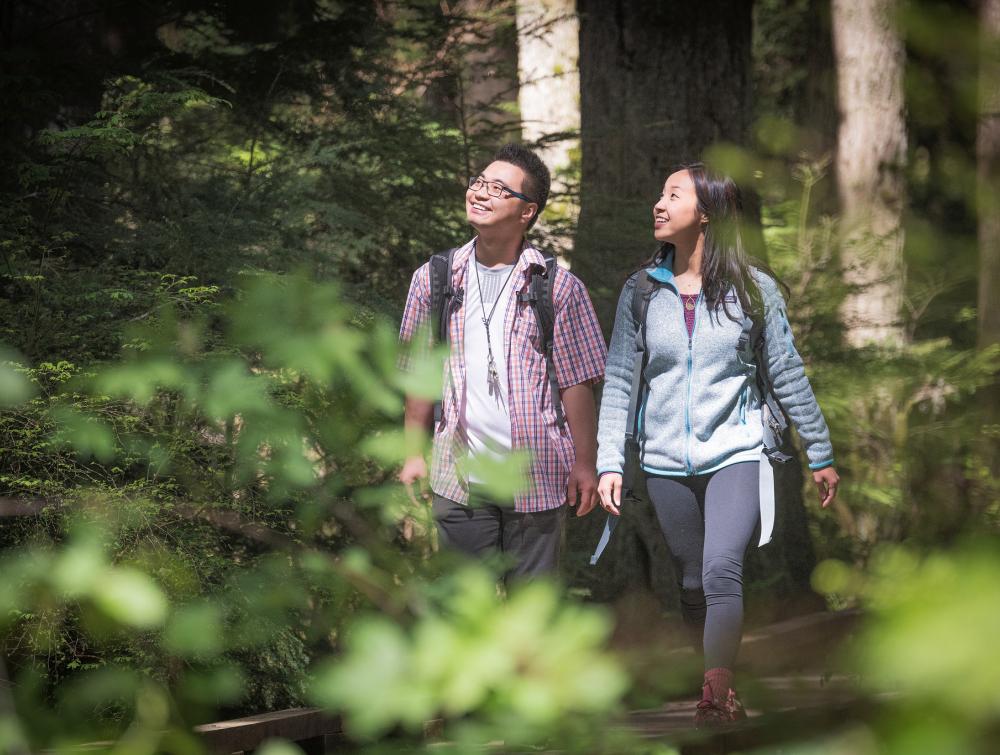Over the past year our Urban to Wild team at The Wilderness Society has been working to gain a better understanding of how public transit connects people to parks in King County. We sought to answer the question: Using equity as the driver, how well does King County’s public transit system connect its residents to high-quality public parks?
After months of research, data collection, methodology design, and learning from partners, we are excited to share this report with you, which details the findings of our analysis. You can find the fact sheet and press release in this blog post. We welcome any questions or feedback and hope to collaborate with a broad network of partners to continue this work.
Please feel free to share widely within your own networks. We are happy to give briefings to any interested groups or provide more information. Below are message points and toplines about the study, along with key links to related resources.
Topline Findings
- Across the county, people of color and non-Seattle residents are least likely to have access to parks within a half mile of their home.
- 87 percent of Seattle residents can reach a park within a half mile, but only 46 percent of residents throughout the rest of King County can.
- In Tukwila and Renton, less than half of residents who live in majority-people of color neighborhoods have nearby access to a park.
- Residents who live in lower-income neighborhoods or neighborhoods that are majority people of color have better access to frequent transit than the rest of the county, but this does not translate to better access to parks.
- Opportunity Areas – where the people facing the greatest health, environmental and demographic vulnerabilities also have poor transit access to parks – are mostly located in south King county along Highway 167, including Renton, Kent, Auburn and Algona.
- Most south King County residents cannot reach at least two community or regional parks within 45 minutes from doorstep to park, our metric for good transit access to parks.
- Despite 92 percent of residents who face the most vulnerabilities living within two miles of a community or regional park, only 76 percent have good transit-to-parks access.
Key Messages
- Using equity as the driver, The Wilderness Society’s new report answers the question: How well does King County’s public transit system connect its residents to high-quality public parks?
- The new report maps transit-to-parks routes throughout King County, WA and spotlights areas where investments would go the furthest in ensuring all residents have fair access to quality outdoor spaces.
- Expanding public transit routes to parks is an important part of ensuring all residents – especially people with limited incomes, seniors, and people of color – can share equitably in the outdoors.
- South Seattle and south King County residents lack quality transit access to parks and face disproportionate health, environmental and sociodemographic vulnerabilities, making the region an area where transit-to-parks investment would have the greatest impact.
- By merging park access, transit access and demographic information, this research advances our understanding of what constitutes an equitable green space network.
- The Wilderness Society’s transit-to-parks analysis complements King County’s commitment to integrate equity and social justice into its policy and planning work.

Recent Comments